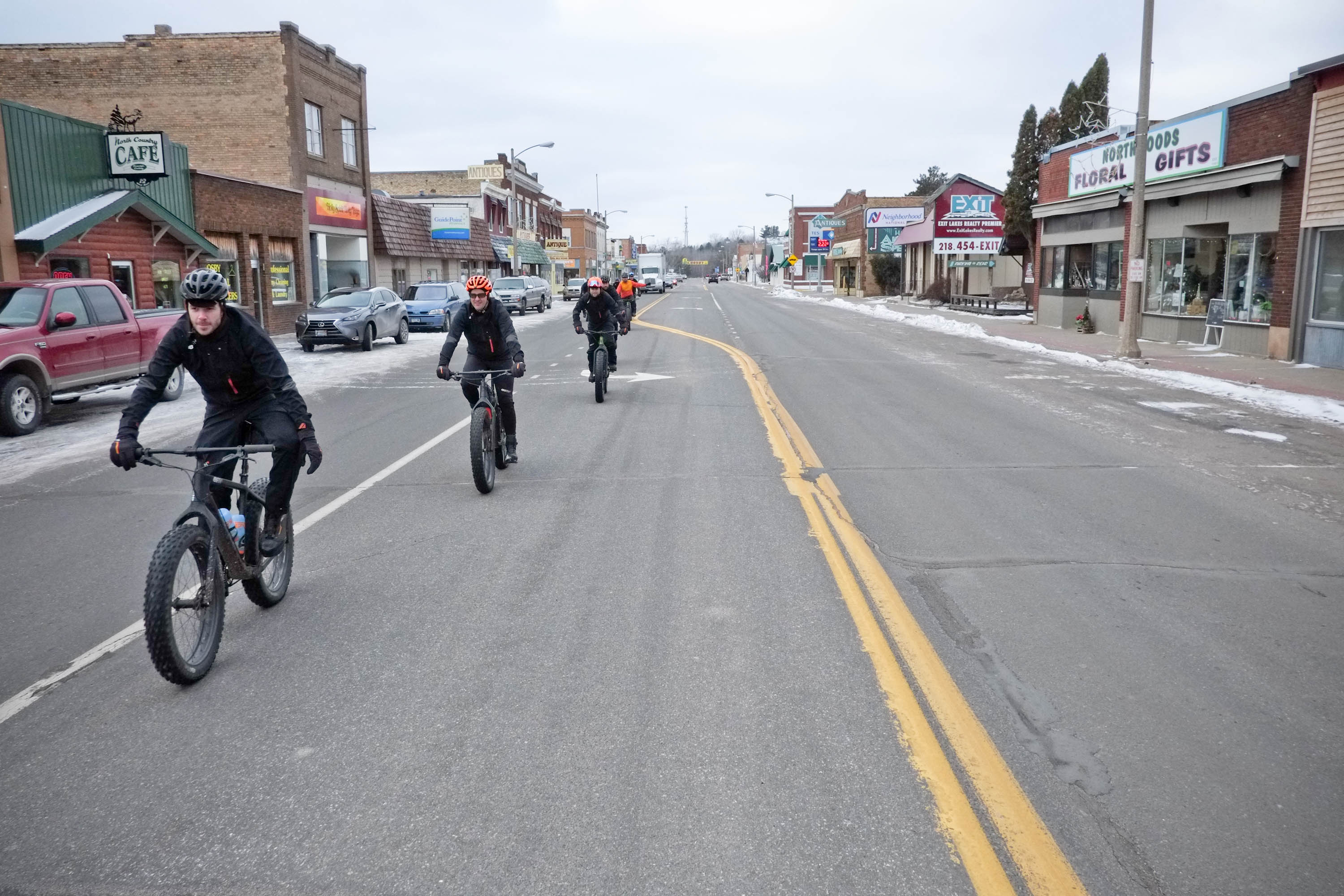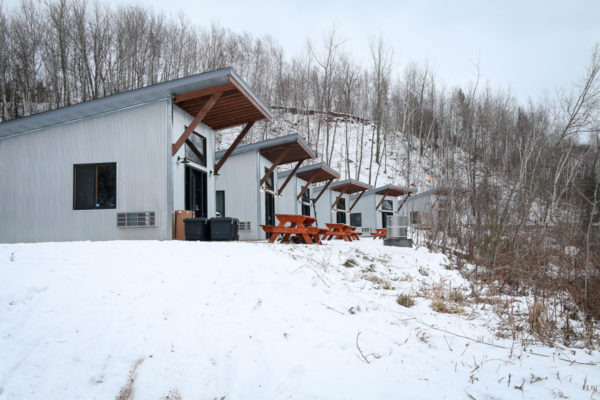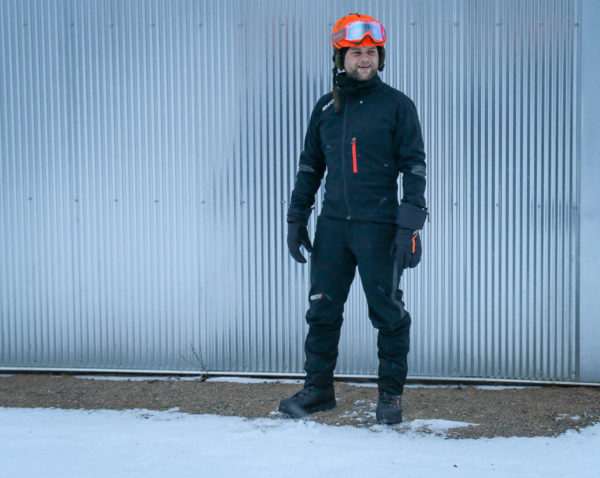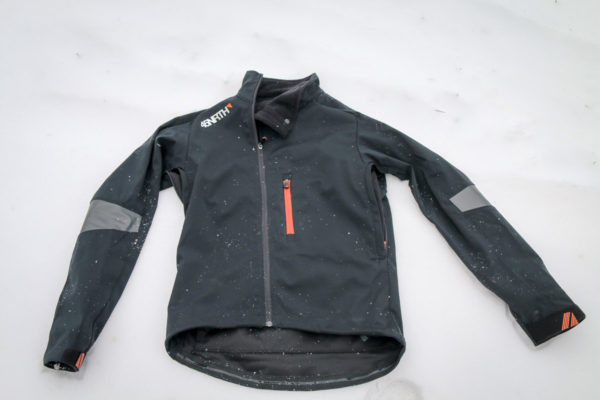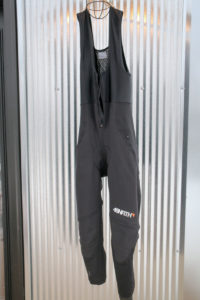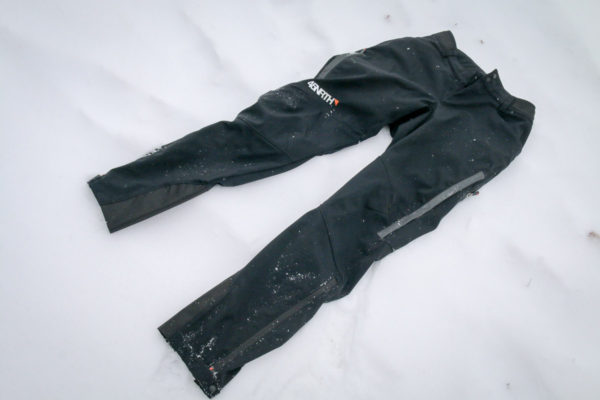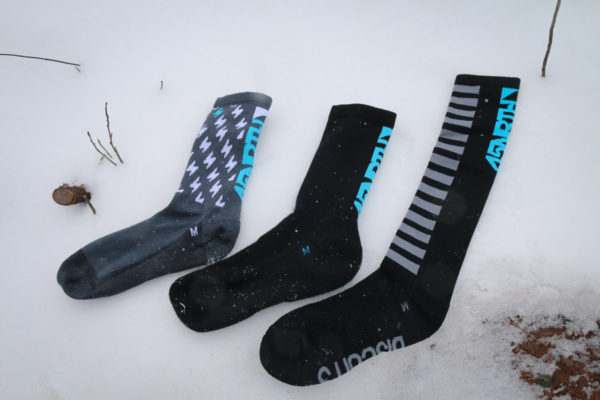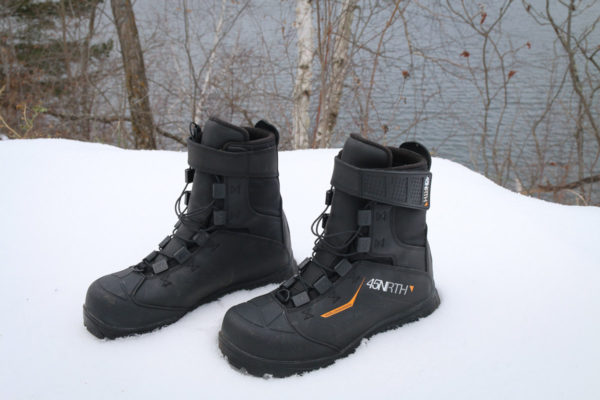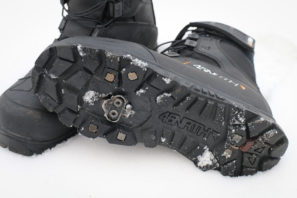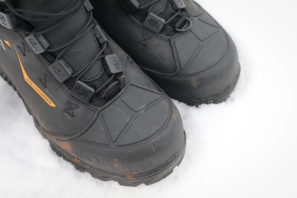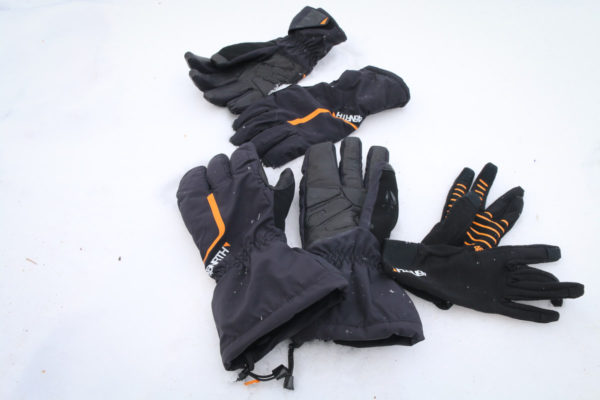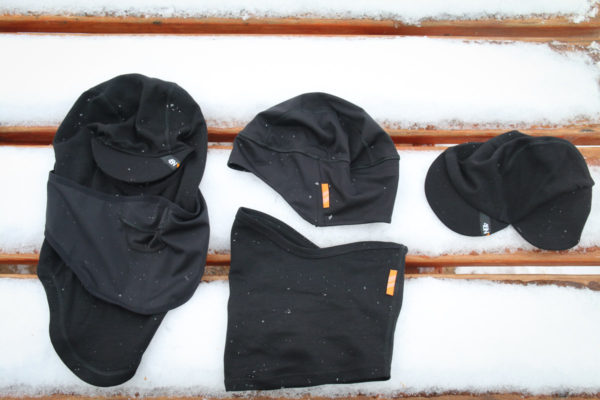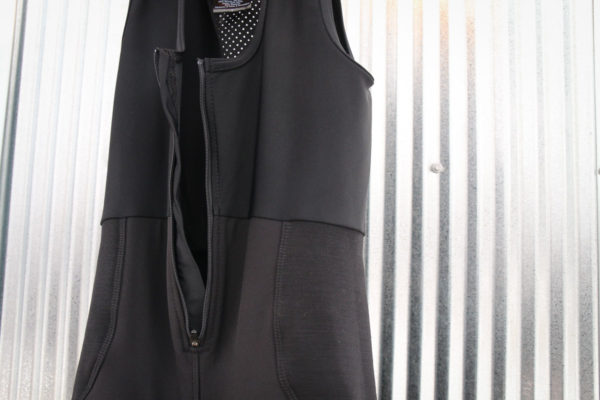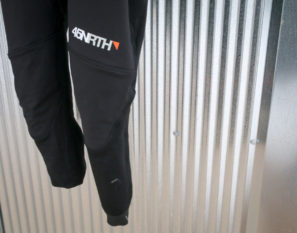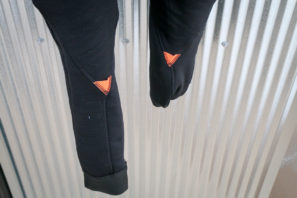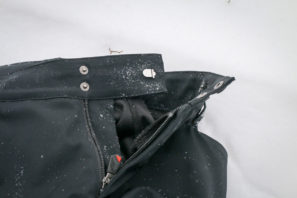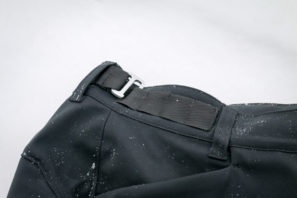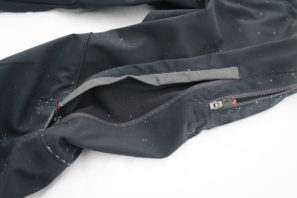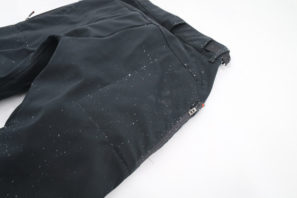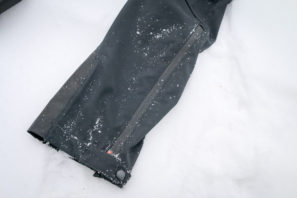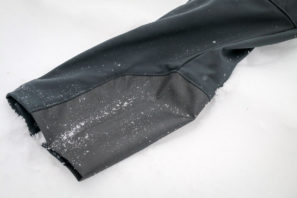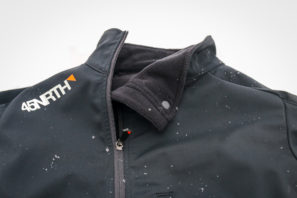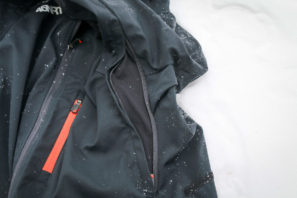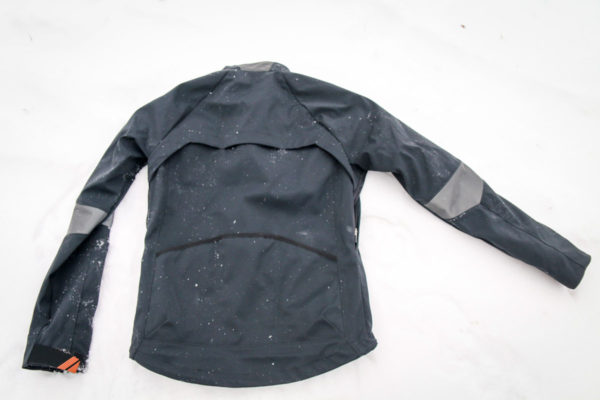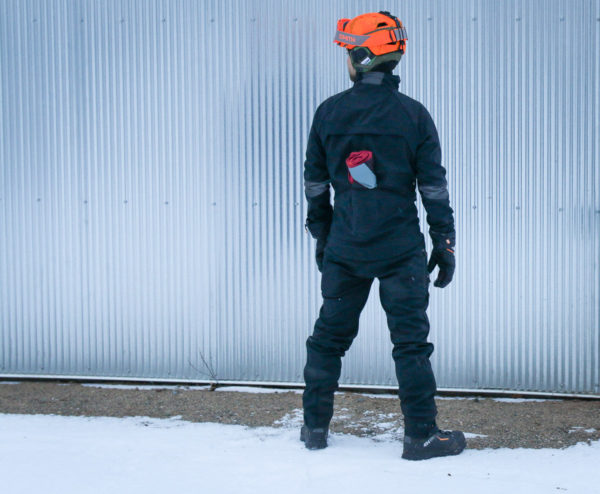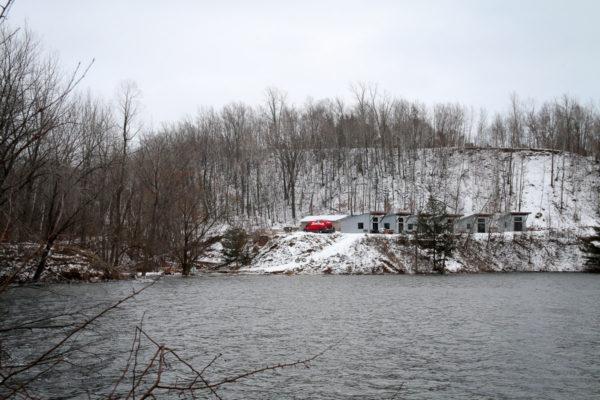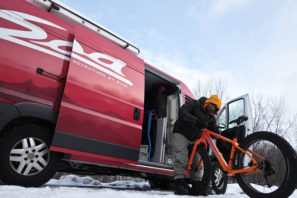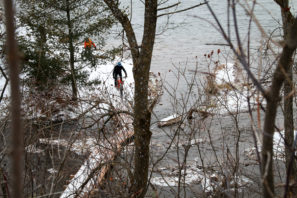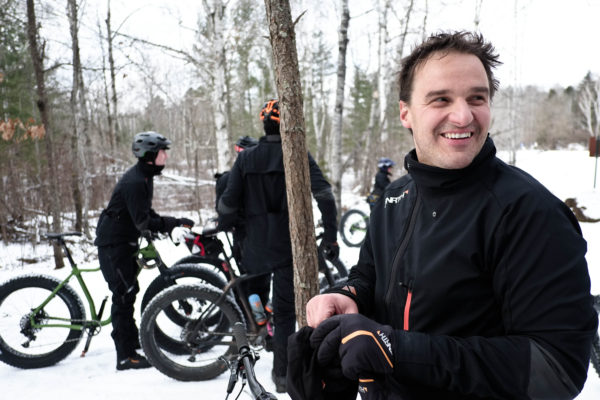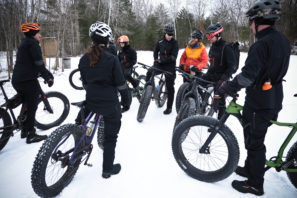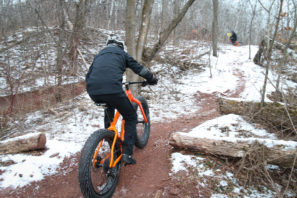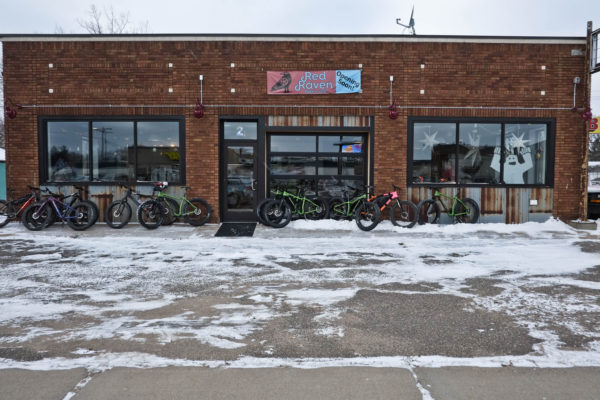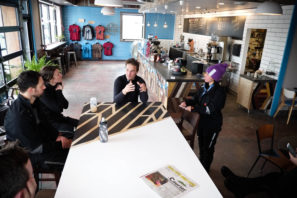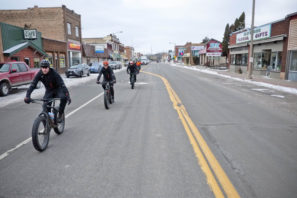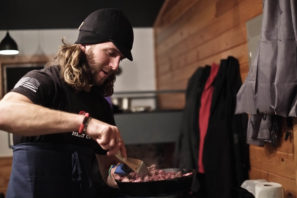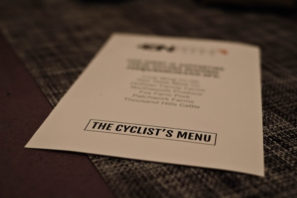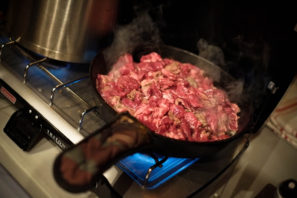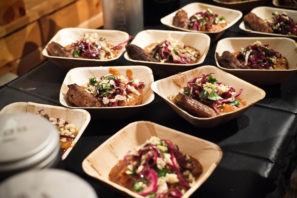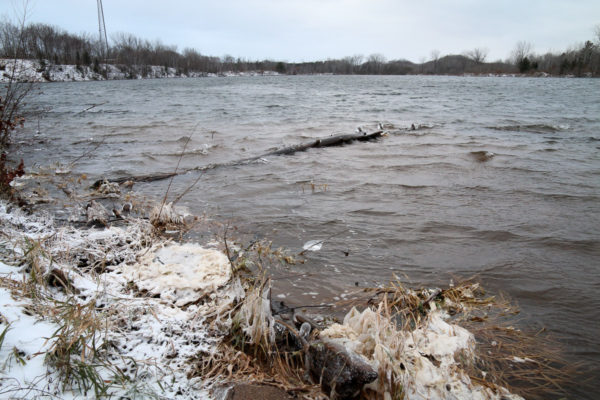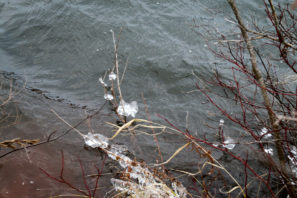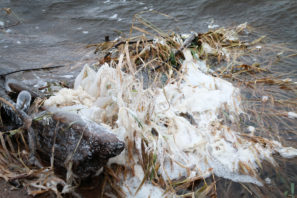You’re going where? It’s going to be how cold? That was the reaction I got from most people when I mentioned that I was headed up north to do some riding. Specifically, I was on my way to Crosby – a tiny town in northern Minnesota that built up around the mining industry, only to nearly collapse as the iron ore pits were abandoned in 1984. After a bleak 34 years, something amazing happened. Someone had a vision. Seeing potential for the 400 foot deep pits that were turned into lakes and the surrounding hills created from the dirt removed from those same pits, John Schaubach started the Cuyuna Lakes Trail Association in 1998 which started with a single paved trail to connect people with the three lakes. That led to MORC (Minnesota Off Road Cyclists) to come in with the help of IMBA and create a 25 mile trail network. But for the Cuyuna Lakes Trail System, that was just the beginning.
Three months before the first phase of trails opened, a visionary by the name of Aaron got involved. With a background in economic development and advertising, Aaron had the unique talent of rallying an economically depressed town around the potential of a mountain biking and fat biking destination. When the trails opened in 2011, the 25 mile footprint included mostly machine built trails that took advantage of the man-made topography. Part of a master plan that includes 75 miles of trail with a projected economic impact of $21 million injected to the local economy, Cuyuna is currently up to 30 miles of trail with another 3 miles to be added next year, and 12 more to be added after that.
The Cuyuna Lakes Trail system is also home to the True North Basecamp which would be our home for the short trip. In addition to six nicely appointed cabins that are heated during the winter, the Basecamp also includes 33 campsites, all of which are positioned in ride-out locations with incredible lake views. The property also includes a bath house with heated floors and warm showers which is an important consideration based on the fact that during the winter, all of the 30+ miles of trail are groomed for fat bike use.
Which made it a perfect spot to test out the new 45NRTH Naughtvind clothing system…
All across the world, it seems like winter is coming… but slowly. While mother nature didn’t gift us with enough snow for groomed trails, the cold blew in just in time to make it a legitimate test. With more than two years in development, the 45NRTH Naughtvind clothing system is all about staying warm while maintaining breathability. In sub-zero temps, you can have the warmest clothing in the world but if it doesn’t allow your sweat to evaporate, as soon as you stop the moisture will freeze and make you cold (or worse, hypothermic). Wanting to provide a full clothing system so that riders would no longer have to look to other industries for winter apparel, 45NRTH created a system that will also stand on its own in a single piece.
Sold in three separate pieces, the Naughtvind line consists of the bib knickers, shell pants, and shell jacket. Depending on how cold it is, or how much you want to invest, a single piece can be used with other gear, or all three can be used at the same time. Thanks to the ambient temperature in the teens and 40-50 mph winds making for a wind chill in the negative teens, our rides made use of the full system.
And not just the Naughtvind system, but the entire 45NRTH product line. Honestly, I’ve never had so much to choose from when heading out for a brutally cold ride, so it was interesting to see which pieces the 45NRTH crew recommended. After all, being based in Minnesota (and competing in events like the Arrowhead 135) gives them a lot of cold weather experience to pull from.
Personally, I ended up starting with a long sleeve Bontrager B3 baselayer (45NRTH only has SS wool base layers) and the Naughtvind bib tights over top. A thin long sleeve thermal jersey went over top, and everything was then covered with the Naughtvind shell pants and jacket. On my feet I wore two pairs of socks with the 45NRTH Lightweight sock under the Midweight sock, all stuffed into the Wölvhammer winter boots. I’m happy to report that the newest versions of the Wölvhammers have a much better fit than last year’s. Apparently, this is due to a new outsole design that improves how the layers of the upper were bonded to the outsole. The result is a toe box with more volume, which allowed me to go back down to a 42 (which didn’t fit me last year because the toe was too tight). The new outsole also features Hypergrip squares for improved traction on icy surfaces and a 2 bolt SPD compatible fiberglass injected nylon shank. In spite of the Primaloft insulation and aerogel insole, my toes were still a bit cold on the ride – though there was enough room in the boot to add toe warmers. Apparently I was the only one who had cold feet which reinforces the fact that I feel like I run colder than most in the winter. However, I was still recovering from a bad case of bronchitis so I wasn’t really pushing myself like normal, so that probably had something to do with it as well.
To keep our hands warm, we got to choose between the Sturmfist 4 and Sturmfist 5 gloves, which I’ve already decided are some of my favorite winter cycling gloves around. The gloves haven’t changed much this year, but 45NRTH did add some additional reinforcements to the stitching and improved the fit. This time, most of us opted for the 4 fingered Sturmfist 4 but without the inner wool liner. This seemed to be the ideal balance of more warmth than the 5s, but not quite the full possibility of the 4s with the liners. After a bit of cold in one of my middle fingers to start out, my hands quickly warmed up and were happy the entire ride. For what it’s worth, the articulated aerogel inserts in the palms and fingers really do seem to insulate fantastically against the cold. You might not think about it much, but the conductive heat loss from your hands to your bars (especially with metal bars) can be a big cause of cold hands. Since aerogel is a non compressible insulator, it works well for a glove in that it won’t break down and lose its insulation factor under pressure.
Up top, 45NRTH had a few new head wear pieces to try with the Stovepipe windproof hat and Blowtorch neck gaitor (above center). We also had the Lungcookie balaclava and Greasy hat to choose from as well. Like the Lungcookie, the new Blowtorch uses a polypro face with a merino wool outside layer to help vent moisture as quickly as possible and keep your face and neck warm. The Stovepipe is designed to be a windproof hat without a brim that will fit nicely under a helmet. Constructed with a Polartec Powerstretch outer and Italian double faced merino wool and polypro panels, the hat uses the same moisture wicking technology to keep your noggin warm and dry. It may seem like a hat is a hat, but the combination of fabrics that 45NRTH uses do an incredible job at keeping you dry. Even when breathing through the Lungcookie for hours in freezing temps, there was very little frozen condensation on the outside. I went with the Lungcookie for the ride to try and warm up the air going into my lungs as much as possible on account of the bronchitis, and it seemed to do the trick. I do wish there was more than one size as it is really too big for my head, but doubling it over in the back made it usable. If there’s one downside to the 45NRTH accessories, it’s that they’re one size fits most. That’s pretty typical with a lot of headwear, but it would be nice to see an extra size or two.
Designed to be worn on their own or as a liner for the shell pant, the Naughtvind Bib Tight was an instant hit. Their stand alone use dictates the use of Schoeller Dynamic fabric on the most vulnerable areas for wind, water, and abrasion protection, but most of the other portions of the bib are a polyester and merino blended hard faced fleece. Say that 10x fast. The warmth extends up to the kidney area with more breathable material used above that around the chest zipper/fly. Built with an articulated cut for proper pedaling, the tights use a 4/5 design which means they stop right at the top of 45NRTH boots. This makes layering socks possible without having an uncomfortable bulge under the top of your boots. Along with a super comfortable Cytech stretch chamois built around a neutral position, the bibs have reflective details on the back to help you stay visible.
When you’re ready to go full winter, the Shell pants will slip right over top. Using a Schoeller soft shell fabric, the pants aren’t waterproof, but are quite water resistant, wind resistant, and above all, stretchy and comfortable. Breathability is a big part of the Naughtvind equation so in addition to the fabric offering its own breathability, the pants include massive zippered thigh vents with black reflective accents on each leg. Zippered openings are also found at the bottom of the leg with a snap closure to make getting over bulky footwear possible, and heavy duty abrasion resistant panels on the inside of each leg. Along with large, fleece lined hand pockets on the front, there are also two zippered pockets on the side/rear of pants which are big enough for a large phone, snacks, etc. While the pants include belt loops, most adjustments should be able to be made through the webbing waist adjustment system on each side. Finally, a zippered fly with two snap closure and an additional clasp should ensure your pants won’t pop open at an inopportune moment.
The jacket uses the same Schoeller softshell fabric and closes with an offset asymmetric zipper with a snap collar to prevent chin rub when you have it unzipped. To aid in ventilation the jacket has huge pit zips with a mesh lining that are positioned a bit lower than normal. This ensures that the ventilation is more open when in riding position and makes it a bit easier to access. The pit zips are combined with a large rear vent which is always open to help keep you dry. Pockets are offered in a rear three pack configuration with an additional zippered chest pocket which is a great place to store your phone. Large black reflective panels are used on the arms along with velcro cuffs to keep out the snow.
Overall, the fit of the Naughtvind system seems to favor the tall and lanky. The small bibs fit really well, but the jacket and pants are a little longer in the arms and legs than I would like. Combine that with a fairly tight waist (I have a 30″ waist, and the smalls were tight on me), and those carrying a few extra lbs might find themselves between sizes. While the pants were bunched up a bit, they are still very comfortable for pedaling. Obviously, it’s going to be impossible to fit everybody, and this is a problem I face with a lot of winter gear with arms and legs that are a little too long. Ignoring my physical eccentricities, the kit is very comfortable, even fully loaded.
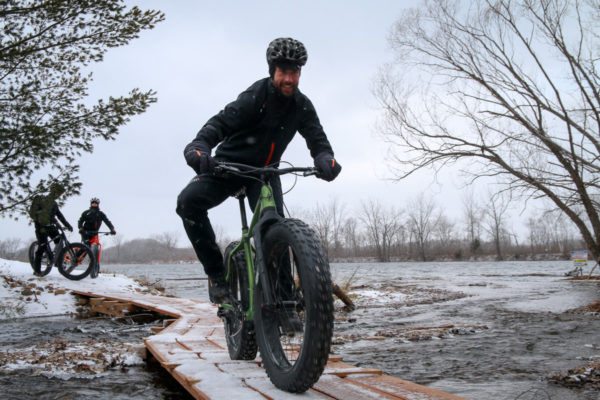
After getting set up on some of the latest fat bikes from Salsa, a quick ride from the front of the cabins and across an icy creek deposited us right onto the trails. Divided in to multiple trail units, the Cuyuna Lakes Trail system spreads out around a number of small lakes that used to be mine pits. With True North Basecamp located right in the middle and within riding distance of downtown Crosby, it’s easy to get out for a super short ride, or an all day epic. The vision for the master plan is to allow for riders to visit for 3 days without having to repeat a trail.
While they’re not quite there yet, the riding was surprisingly fun and I can only imagine what a riot it would be with fully groomed trails and fat bikes. Thanks to the dirt removed from the mines, the trails are super flowy, and while there isn’t much in terms of elevation, it’s anything but flat.
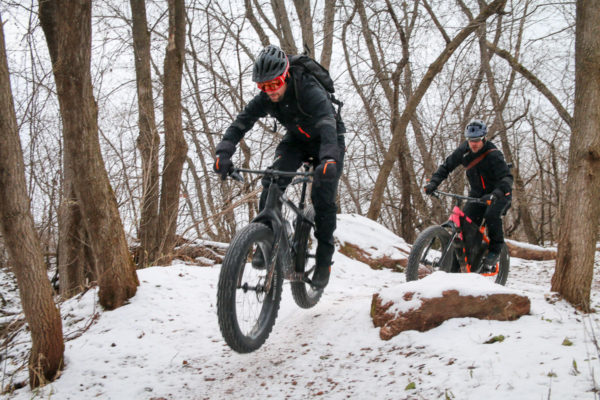
With Aaron Hautala leading the way, we set off to explore the Yawkey unit to the far right of the trail system. Based on my phone, the temperature at the start of the ride was 14° with a -11° wind chill. It warmed up a bit, until the afternoon where it actually got colder and windier.
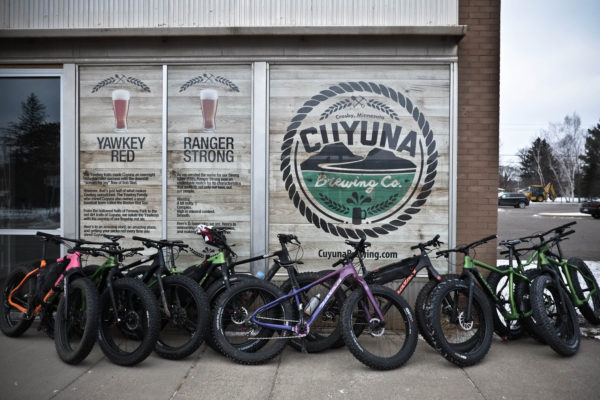
One of the best parts of the Cuyuna Lakes Trail system is how close you are to town. After playing around in the bitter cold for two and a half hours, we made our way into town on bikes and stopped at the brand new Red Raven coffee shop/bar/art gallery/and soon to be bike shop. Technically, they weren’t open when we stopped by to get the area’s history from Aaron, but after the inspector stopped in they opened up the very next day. Started by Patrick and Julie, a husband and wife team that fell in love with the area, Red Raven fell into place after they bought a house, and ended up buying the building as well. It’s worth noting that Red Raven has rental bikes available should you want to check out the trails while you’re in town.
It was a similar story just down the street with the soon-to-be Cuyuna Brewing Company. After working as a pastor for 8 years and then finding himself working in turkey vaccine research, Nick Huisinga is putting his background in microbiology to work with the town’s first brewery. We got a chance to stop in and try some of Nick’s brews that he brewed on his homebrew set up, and it’s safe to say he’s off to a great start. Expected to be open for the 45NRTH Whiteout festival, now in its 6th year, 100% of the funds raised through the festival will go to the trails, and for business like the Cuyuna Brewing company, $1 from every pour will be donated to the trails with 45NRTH matching each dollar.
At this point we had all worked up quite an appetite, and were rewarded with an incredible lunch whipped up by Chef Zander Ault and Heidi Rentz of the Cyclist’s Menu. You’d never know from the gourmet presentation that each meal was put together with little more than a camp stove in one of the cabins. But, that’s what the Cyclist’s Menu does. Normally, they’re out leading rides in bucket list destinations and provide all the food and logistics. Definitely worth the price of admission.
From the point where we left for the ride to the point we got back to the cabins for lunch, about four and half hours had elapsed with at least three of those outside. Admittedly, after a night of having the door blown in by the wind, and wind chills as low as -15°º, getting out for a ride required some serious motivation. But what struck me most was just how comfortable I felt after we got moving. While it wasn’t the coldest temperatures that I’ve ridden in, I think it’s safe to say that it was by far the strongest wind and coldest wind chill factor. But the Schoeller soft shell material seemed to do the trick, and mid ride I was opening all the vents to cool things down. I feel like I’m often at a disadvantage for winter riding since I run cold, but I also sweat a lot. That means I typically start with too many clothes, then quickly sweat through them and get too cold. At the end of the ride, my jersey was wet, but no where near as soaked as it would be normally.
Since this trip I’ve ridden in the same temperatures with the exact same gear but without the wind chill and was way too warm – but the modular system makes it easy to adapt. Recently, I went out on a ride without the bib tights (opting for standard winter road bib shorts) and only a wool base layer but with the shell jacket and pants and I was perfectly warm at 20° (with every vent open). You can tell a lot of thought and careful design went into the Naughtvind kit, and it shows. It’s plenty warm for some of the coldest conditions, but more importantly it’s well vented and allows for layering to adapt to varying temperatures.
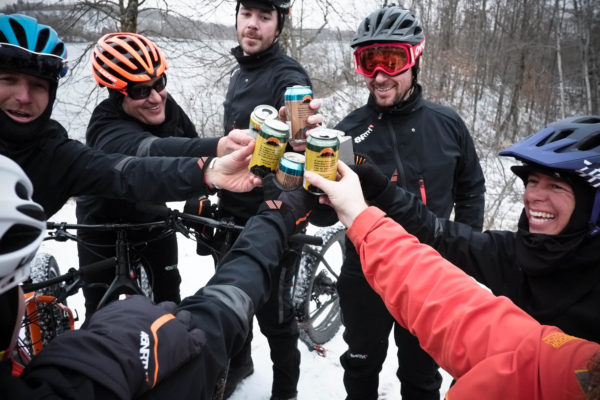
Crosby and the Cuyuna Lakes Trail System turned out to be an awesome place to test out the Naughtvind kit, but more importantly it was amazing to see mountain biking having such a positive impact on a town with 14 new business opening since the trails first opened. With complete sincerity, Aaron said that the Red Dirt family had given the town, “an opportunity to dream. An opportunity to beat the status quo. And it allowed the community to believe in itself again. Because of these partnerships, and because of a bicycle, it’s [Cuyuna is] a shining light again. Because of a bike!”
Which is just as heart warming as the best winter jacket.
